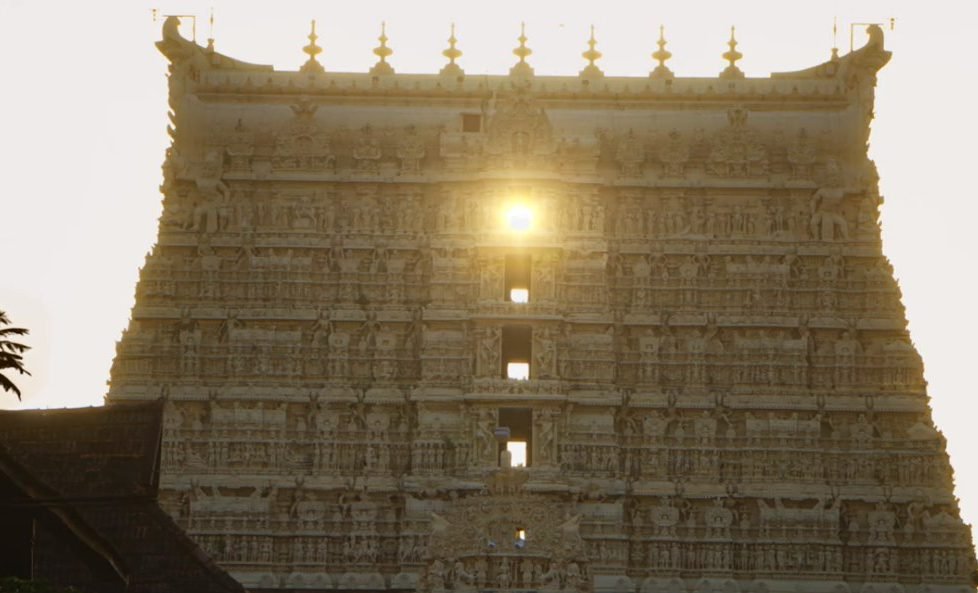#FreeHinduTemples


What is the #FreeHinduTemples movement all about? Why should any Hindu support it? Is it a movement by the RSS or by BJP or is it a movement by private parties interested in lording over the Temples of Bharat? Ever since Sadhguru Jaggi Vasudev spoke up about freeing the Temples of Tamil Nadu from Government control, the movement has seen a swirl of activity. Let us see how this movement came about to be …
If memory serves me right a lot of Sadhus, Sanyasis, Dharma Gurus and Mathadeeshas have been arguing for freeing the Temples from Government Control since the time of Independence. The movement got a lot of support from Swami Dayanand Saraswati of the Arsha Vidya Foundation too, who exhorted the Dharmaacharyas to fight for freeing the Temples from “Secular” management. In 2018, the Hindu Charter of Demands also placed this as one of their core demands, along with creating a Jeernodhar Trust with Rupees 10k crores as seed funding to revive our decaying Temples. In 2019, this demand was intensified when the Equal Rights for Hindus was demanded by the Hindu Charter Trust, along with demand for equal standing with the Minorities in the interpretation of the Constitution (especially Articles 25 to 30) of the Nation. The ex-CBI chief Mr. M Nageswara Rao (who is the person behind the Equal Rights for Hindus movement) has presented his version of the movement to various Government heads, also to Dharmaacharyas and on various forums from then on.
To give a basic understanding of the movement, it would suffice to say that while our Temples were originally built as custodians and Propagators of Dharma, today, they are looked upon as generators of wealth by our State Governments. This wealth is because of the donations by the devotees of the Temples, but unfortunately the same wealth is used for purposes other than propagating Dharma and in fact is used for the benefit of people who are not part of Sanatan Dharma at all. This has happened because our Government and our Constitution claim that they are “Secular” with no relationship to Sanatan Dharma. When they explicitly state that they are not followers of Dharma, how then can they serve Dharma? And when they cannot serve Dharma, why should they run or administer any religious institution at all? This simple question is at the basis of the #FreeHinduTemples movement. The Government, especially a Secular Government has no business to be involved in running a Hindu Temple at all. It is the Deity and the Devotee who should be looking after the Temple.
Now, one of the most important questions that arises is as to what will happen if the Government exits the Temple. Who will administer it? What will be the role of the Temple administration with respect to the funds of the Temple? Will it bring about a rise in casteism again? Will the funds become the private property of the administrators or the Priests of the Temple? Etc, etc. Before answering the questions I would like to draw the readers’ attention to some facts …
Now when talk about freeing Temples from Government control is spoken about, one raging debate that is going on is “Who will manage our Temples?” The opinion seems to be divided mainly into two camps:
Equal Rights for Hindus believes that there is a third way around this. Before discussing this, I would like to draw attention to some roles that our Hindu Temples must embrace, which they are probably not doing right now …
The fact is that our emotional and spiritual connect with our Temples has systematically gone down. We go to the Temples not to be a part of it, but to do our part in performing any Puja or Mannat and just getting back home immediately after. If we want to face the challenges facing Sanatan Dharma today, this has to change. People from all communities of Sanatan Sanskriti have to actively participate in running the day to day affairs of our Temples and feel that it is their own Temple and that the Deity owns them completely.
To do any/all of the above, the administration of the Temple has to run in two parts:
Over and above this an independent team can audit the functions and financial handling of the Temple in a transparent manner. All this will definitely help in making our Temples as places of spiritual and social activities working for the welfare of the entire Hindu samaj, once again.
Come, be a part of the #FreeHinduTemples from Government Control campaign. Gather information about your nearby Temples, see if you can be a part of their activities, work towards a robust revival of Sanatan Dharma again.
DISCLAIMER: The author is solely responsible for the views expressed in this article. The author carries the responsibility for citing and/or licensing of images utilized within the text.
